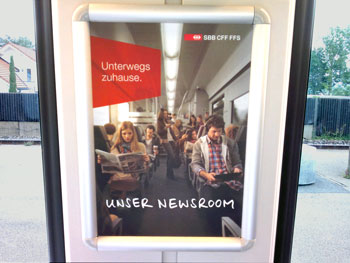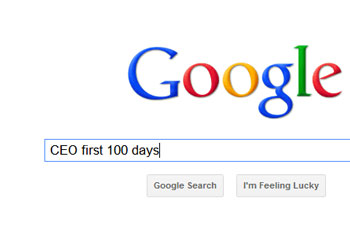 A solid social media strategy can help a thought leader build a reputation within an industry and among a wider public. You can also gain traction for your ideas and get real-time feedback. And if you are skillful, your virtual presence can reinforce a positive image of an up-to-date “brand you.”
A solid social media strategy can help a thought leader build a reputation within an industry and among a wider public. You can also gain traction for your ideas and get real-time feedback. And if you are skillful, your virtual presence can reinforce a positive image of an up-to-date “brand you.”
But what channels do you need to use to get your message out beyond the walls of your company? Any and all of them…as long as they are used by your target audiences and are appropriate to the messages you want to convey.
There’s no need to limit yourself by anything but time. A wide range of options exist depending on your purpose.
According to Edison Research’s report “The Social Habit 2012,” Facebook is the dominant social media channel, with 54% of respondents saying they have a profile page on it. LinkedIn came in second at 13%, Twitter third at 10% and Google+ at 8%. The telephone survey of 2,020 people in the U.S. was the 20th in the series, begun in 1998.
Nearly 80% of respondents said that Facebook is the networking service or site they use the most to connect with brands and services, with Twitter in a distant second place with 9%. More than half of Facebook users are accessing sites on their mobile devices, and a quarter of respondents are on the site five or more times per day.
Researchers also found that compared with 2011, increases in social networking were greatest among those 45 and older although over half of social media users are still under 34.
Among other interesting findings, about 10% of respondents are Twitter users; but of those people, about a third check it several times every day. About half of social networkers shared YouTube videos in the previous month.
Clearly, you have choices, but what’s best for you as a thought leader? Do you need guidance and advice as you choreograph those communications choices? Ask, assess, then act. We’re here to help.









